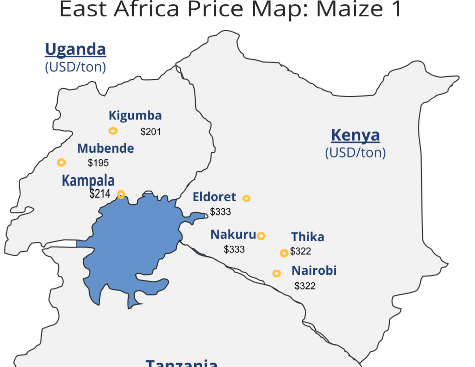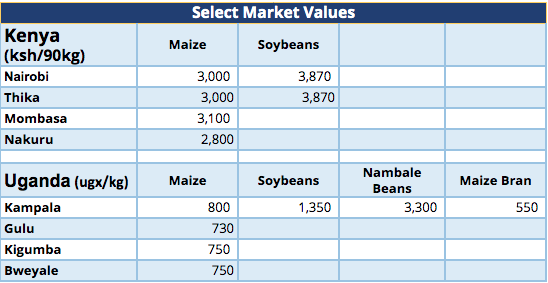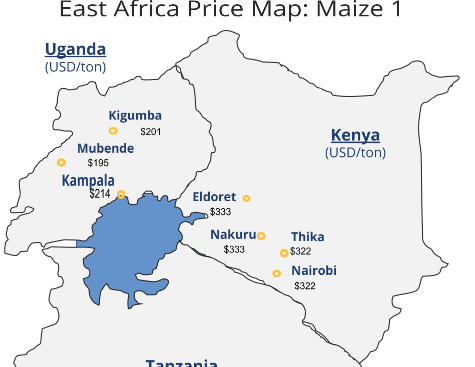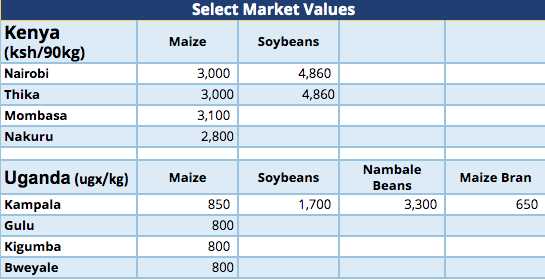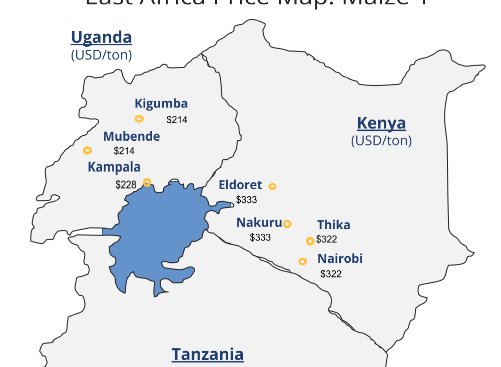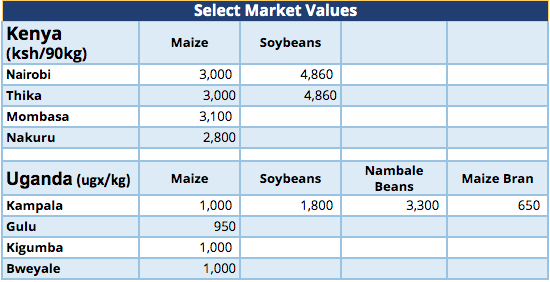Kenyan millers failed to take advantage of the lower import duty that was issued by the government in order to manage the maize shortages in the country and to allow maize flour prices to remain stable for the consumer.
Kenya’s maize imports in the second quarter of 2020 have mainly been supported by Tanzania and Uganda as Kenya’s demand for the the grain continued even during the lockdown period whereas the total maize traded in the region fell due to the restrictions and closures of many businesses and public institutions.
Managers of the Strategic Food Reserve (SFR) stated that they might not realize the target of buying four million bags of maize this season after farmers opted to sell the produce to millers who are bidding as high as Sh3,400 per 90 kg bag.
Kenyan animal feed producers have seen a decline in the yellow maize price as imports have seen prices in Nairobi quoted at KES 2,700 per 90kg bag compared to KES 3,200 per 90kg in June as suppliers that have been holding onto their stocks start releasing in order to avoid competing with more of the expected imported grain.
Kenyan millers and traders will continue to import maize over the next two months as the demand for the grain remains. Kenya currently consumes 4.2million 90 kg bags per month and the current price in Nairobi between KES 2,800 and KES 3,100 per 90 kg bag has bought pressure onto the market.
As the government recently cleared the vessels containing the imported Mexican maize, millers have now come out to request that 14 percent of the import duty be removed in order to make the maize grain more affordable.
The incoming maize grain from Mexico is still being held at the Port of Mombasa due to authorities awaiting confirmation on the tax relief from the government. The white maize tax relief was reduced to 35% while the yellow maize tax relief was reduced to 10%.
The maize price in Kenya has reduced to KES 3,100 per 90 kg bag in the Nairobi area due to fear of high aflatoxin levels in cheaper maize and as a result millers have rejected a number of parcels. This has seen a lower demand maize flour even after millers have reduced the retail price for consumers.
After the governments decision to extend the window for importing maize from outside the EAC, Kenyan millers are now seeing little benefit to the imported maize from Mexico compared with the local prices.

